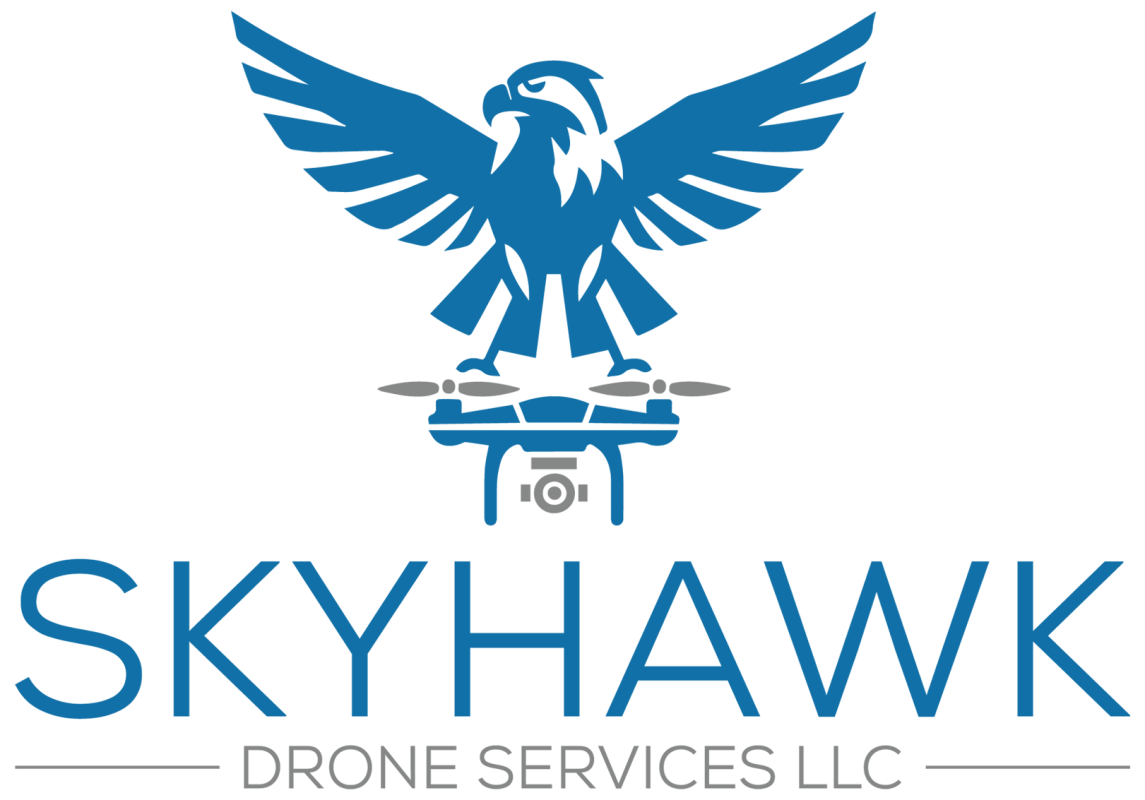Drone mapping has evolved dramatically from its early conceptual stages to a sophisticated tool used across various industries today. Initially, drones were used mainly for military surveillance, but the rapid advancement of technology in the 21st century has transformed them into invaluable tools for a range of commercial applications, particularly in the field of mapping.
Prototype Development and Early Uses
The roots of drone mapping can be traced back to the 1990s when the concept of unmanned aerial vehicles (UAVs) was first explored for civilian applications. Early UAV prototypes were bulky, expensive, and primarily used by the military for reconnaissance and intelligence gathering. These first-generation drones were equipped with rudimentary sensors and cameras, capable of capturing basic images or video footage, but lacked the precision and capabilities required for professional mapping.
In the early 2000s, drone technology began to progress, driven by advancements in GPS, imaging sensors, and lightweight materials. The combination of these innovations paved the way for drones to be used in non-military sectors, including agriculture, construction, and environmental monitoring.
Modern-Day Drone Mapping Technology
Today’s drones are equipped with advanced GPS systems, high-definition cameras, and LiDAR (Light Detection and Ranging) technology, allowing for highly accurate and detailed mapping. These tools enable specialists to capture precise 2D and 3D models of terrain, structures, and landscapes. The evolution of software for drone mapping has also played a significant role in improving the usability and functionality of drones. Programs like Pix4D, DroneDeploy, and Agisoft Metashape allow for the seamless processing of aerial images into accurate, usable maps, orthophotos, and 3D models.
Industry Applications and Use Cases
Specialists in various industries now use drone mapping to display their products, manage projects, and improve business efficiency. In construction, drones are used to create detailed site plans, track project progress, and conduct inspections, significantly reducing the need for manual surveying. In agriculture, farmers rely on drones to monitor crop health, assess field conditions, and plan irrigation, increasing yield and reducing waste.
In the real estate and tourism sectors, drone mapping has become a powerful tool for showcasing properties and attractions. Aerial shots, combined with 3D models, provide a unique perspective that allows potential buyers or visitors to explore the property or site in detail before making decisions.
A Skyward Leap – Final Thoughts
From its humble beginnings as a military tool to its current status as a mainstream technology in commercial industries, drone mapping has undergone an impressive evolution. As technology continues to advance, it is becoming an essential tool for industry specialists, offering new ways to present products, monitor progress, and manage operations efficiently.

